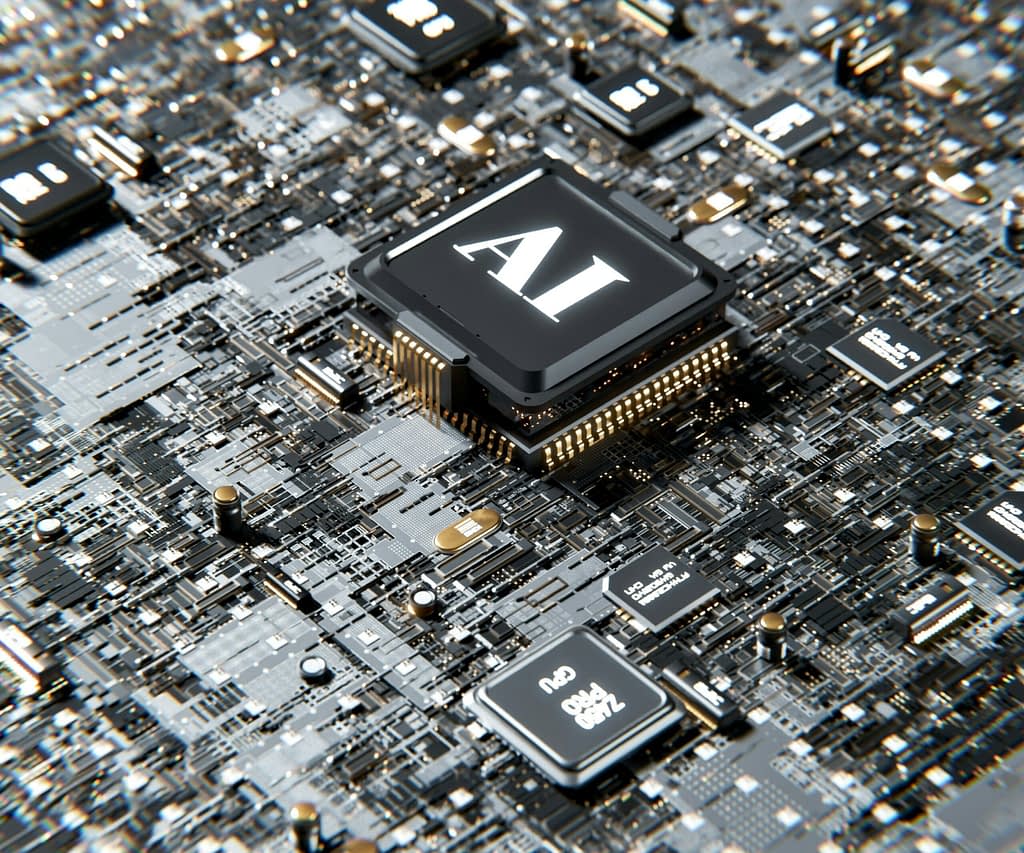American tech giants Nvidia and AMD have signed an unprecedented agreement with Washington that allows them to continue selling AI chips to China in exchange for paying 15% of all revenue directly to the US Treasury. What does this mean for the future of technology trade when export controls transform into a source of billions in government income? The agreement covers H20 and MI308 semiconductors and represents an entirely new hybrid of security measures and fiscal policy.
Nvidia Lost $15 Billion, AMD Hasn’t Disclosed Losses
Nvidia faced significant financial losses due to previous export restrictions on AI semiconductors designed for the Chinese market. In first quarter 2025 results, the company reported a $4.5 billion loss due to licensing requirements for H20 chips and inability to realize another $2.5 billion in sales. The second quarter continued with an $8 billion revenue loss.
AMD has not yet disclosed specific financial impacts of US technology sanctions on its MI308 chips, which also target the Chinese AI market. Both companies rank among the world’s largest suppliers of artificial intelligence chips, explaining their willingness to accept unusual conditions for returning to the lucrative Chinese market.
Chinese Market Represents One-Fifth to One-Quarter of Revenue
The high dependence on the Chinese market prompted both companies to accept these unusual conditions. Nvidia generated $17 billion from China in the fiscal year ending January 26, 2025, representing 13% of its total sales. AMD achieved even higher dependence with $6.2 billion in revenue for 2024, accounting for 24% of all company income.
Sales of these semiconductors were completely halted in April 2025 due to tightened export controls by the Trump administration. Only in July did Washington permit their resumption, but under new financial conditions.
At these volumes, the US government will annually collect approximately $2.6 billion from Nvidia alone and nearly $1 billion from AMD, provided both companies maintain current levels of Chinese sales. Export licenses for H20 and MI308 were granted on August 7th alongside the agreement on the 15% fee.
Administration Still Doesn’t Know How to Use the Money
Surprisingly, the Trump administration has not yet determined how it will utilize the billions in revenue from this arrangement. According to the Financial Times, it’s unclear how the government will deploy the anticipated fees, raising questions about the true motives behind this unprecedented agreement.
Nvidia stated cautiously: “We comply with the rules that the US government establishes for our participation in global markets. We hope that export control rules will enable America to compete in China and globally.” AMD has not responded to repeated requests for comment for several days, indicating the sensitivity of the entire matter.
Experts Call the Agreement “Insane” and Dangerous
Expert reaction to this unusual arrangement has been unequivocally critical. According to news outlet Axios, the agreement is “unprecedented” primarily because “while export controls on sensitive products are nothing new, charging companies 15% of their revenue for selling a specific product to a specific country is unprecedented.”
Geoff Gertz from the Center for New American Security think tank described the entire situation simply as “insane.” Even sharper criticism came from Alasdair Phillips-Robins, former Commerce Department advisor: “If this reporting is accurate, it suggests the administration is trading national security protection for Treasury revenue.”
Washington Tests New Export Control Model
This model changes how Washington regulates technology exports. Security controls combine with direct government revenue, creating a new type of trade relationship between the US and China.
For technology companies, this means:
- Potential introduction of similar fees for technology exports to other countries
- Transformation of traditional export controls into sources of government revenue
- Need to calculate new costs when planning international semiconductor trade
The model shows how trade relationships between superpowers in the technology sector are evolving toward hybrid arrangements where economic interests intertwine with security considerations.




